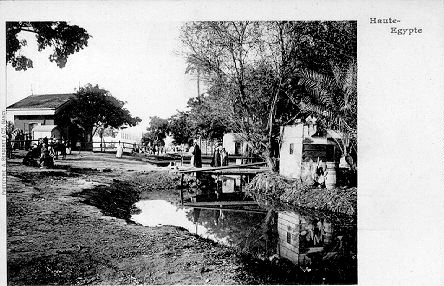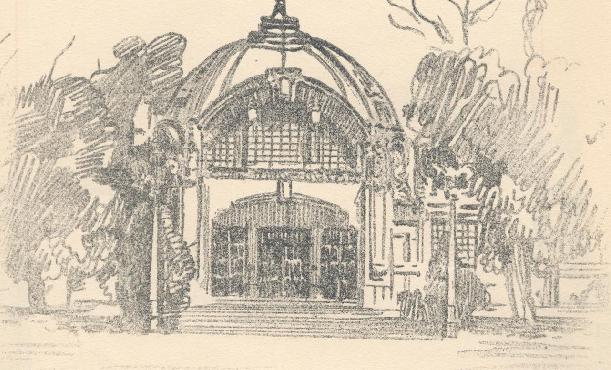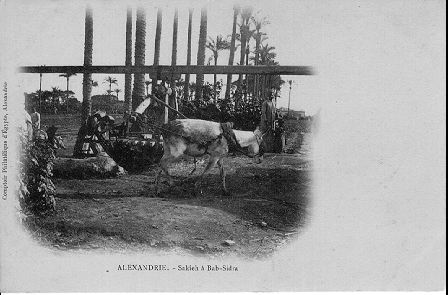
From the very earliest days of her history Egypt has always been what
she is today: a predominantly agricultural country. The fertility of her
soil and the climate with which she is favoured have made her crops a standard
of excellence which, frequently quoted in the Bible and in other ancient
works, stiIl holds good today. It would be fascinating to speculate on
whether the agricultural excellence of Egypt should be ascribed to the
labours and skill of her inhabitants or whether that labour and skill arises
from the natural factors which, in the case of Egypt, have been so bountifully
bestowed on the land. Ancient papyri give us a graphic picture of the agricultural cycle in ancient Egypt. Then, to an even greater extent than nowadays, the work of the cultivator was regulated by the annual rise and fall of the Nile. In September the main work was that of guarding the dykes. By October land already emerging from the floods was being broken up. November was the great sowing month. Corn, which was then the staple crop, was harvested in April and May 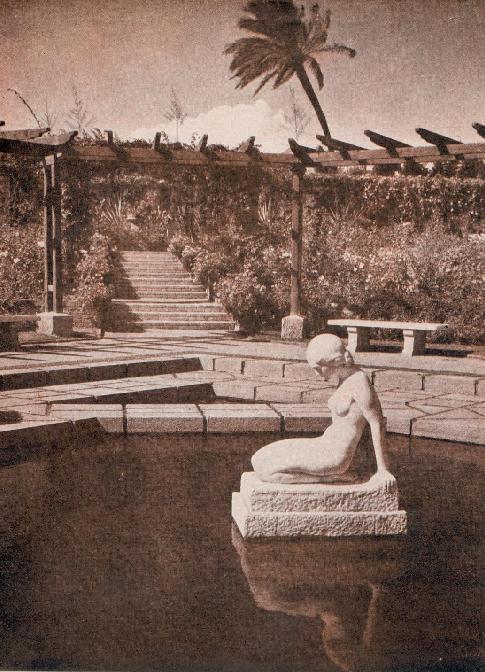 The former has now completely disappeared but a few specimens of it still existed until the great cattle plague of 1863. A breed of sheep, common in the Middle Kingdom, is also extinct. It had long, horizontal, twisted horns; the other variety with grooved horns still survives. Goats and pigs were common in Ancient Egypt and so was the ass, indispensable for transport of food and water. The camel was not a domestic animal. It appears in the records of the First, the nineteenth, and the twenty-fifth Dynasties but was probably an importation as it certainly was in the Roman period when it was used as a water carrier. Not until the Arab invasion did the camel become an acclimatized domestic animal in Egypt. There is no record of the horse until the eighteenth Dynasty and it then appears to have been used solely for drawing chariots. There was a great variety of dogs used for hunting, as scavengers and as domestic pets, but curiously enough there is no record of the cat until as late as the twelfth Dynasty. A typical example of Ancient Egyptian agricultural skill and one which has never been equalled in any other country is the artificial hatching of eggs. The domestic fowl was unknown in Egypt before the Deltaic Dynasties but Diodorus in the first century B.C. describes how its eggs were hatched artificially, as they are at the present day, in ovens of which the heat is tested by the hand alone. The method, primitive though it be, is extraordinarily successful and, simple though it may seem, requires a very great deal of skill which in most cases is hereditary. The "hatcher" in an Egyptian village today is almost invariably the son, grandson and descendant of forefathers who have for centuries gained their livelihood by incubating the eggs from all the neighbouring farms. Modem irrigation and the introduction of the cotton plant have effected
many changes in the agricultural life of Egypt. By means of canals, "basins",
dams and barrages, the Nile flood is now utilized to a greater extent than
ever before. The result has been a great increase in the area of cultivated
There are three agricultural seasons: (1) summer (sefi) from April 1 to July I, when crops are grown only on land under perennial irrigation; (2) flood (Nili) 1st August to 30th November; and (3) winter (shetwi) 1st of December to 31St of March. Cotton, sugar and rice are the chief summer crops; wheat, barley, flax and vegetables are chiefly winter crops while maize and millet are Nili or flood crops. Maize is largely grown for home consumption, its grains forming the
staple food of the Egyptian peasantry. The stalk of the maize is also a
very useful article. It is used in the building of houses, as fuel and,
when green, as food for cattle.
There is little pasture-land in Egypt and clover (bersim) is largely
grown as food for cattle and horses. Vegetables grow readily
and their cultivation is an important item of fellahin husbandry. The onion
is grown in large quantities in Upper Egypt,
 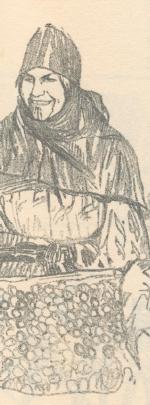
One of the things that always strikes the visitor to Egypt is the great number and variety of flowering trees. Acacias, mimosas, ilex and tamarisk grow readily under the Egyptian sun and an avenue of flametrees in full bloom -there are many in Cairo, Alexandria and Port Said, is a sight of unforgettable beauty. Here seems the place to mention Egypt's wealth of flowers. Paradoxical
as it may appear, most of the wild flowers found in Egypt flourish in the
desert. They come up almost overnight whenever a shower of rain moistens
the ground. In the palm groves of the desert oases as in some of the narrow
ravines in the eastern desert, ferns and flowers grow in a luxuriant abundance
unknown to northern climes. Of these wild flowers the most common are the
yellow daisy, the poppy, the iris, the
The gardens of Egypt are far-famed and given a good supply of Nile earth and Nile water there are very few flowers that cannot be grown. Among the more usual cultivated flowers are the rose (which has always been a favourite with Arab peoples), the jasmine, the narcissus, the lily, the oleander, the chrysanthemum, the geranium, the dahlia, the henna plant, the helianthus and the violet. The lotus, so greatly prized by the Ancient Egyptians, is found in the Delta though never in the Nile itself. There are two varieties of this celebrated water-lily, the one white, the other blue. 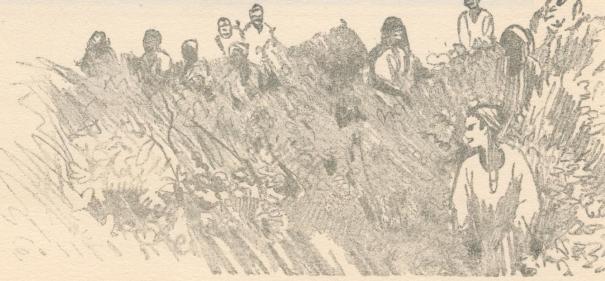 |
